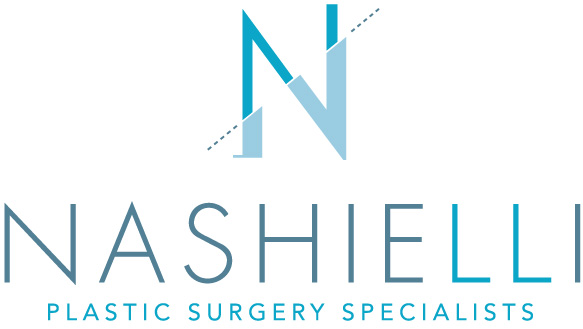FAT TRANSFER
Female curves are back
One of the newest treatments to obtain those desired curves (very characteristic of the
Latin woman), is the fat transfer procedure.

Fat transfer or fat grafting, is indicated for enlargement of body parts. This is a surgical procedure where liposuction is used to extract fact, usually from the abdomen or lower back, which is later injected into the area to be enlarged, typically the gluteal area.
It is important to know that due to using your own fat cells there is no risk of rejection from the body when it is transferred to another area. Not all of the fat that is injected integrates into your body which means you lose a little volume during the injection process. Your body will integrate about 80%, which behaves like the rest of the fat cells in your body. This means that if you suffer major changes in your weight, the volume of the treated area may increase or decrease accordingly.
FACE
FAQS
What are the steps to surgery?
If you want to increase the volume of some facial areas such as cheeks, nasolabial folds, or areas in the body such as the buttocks, is it likely this surgery will work for you.
During the consultation, the surgeon will evaluate your overall health and assess your size, the deposits of fat you have, and will explain in which areas the fat will be transferred from and to.
The second step is to have a medical examination to determine your health status. These examinations include lab work and a preoperative cardiac evaluation. The third step is the surgeon will take pictures to evaluate the areas of concern and further will advise on the procedures recommended, details about those procedures including incisions and where they will be located, risks of surgery, pre-operative and post-operative care, as well as recovery time. Following this discussion, we will schedule a surgery date and you will be given the necessary information to prepare.
How long will my recovery take?
Recovery is rapid. The first few hours after surgery, you may feel a little pressure or burning. The first few days you will notice inflammation and possible bruising, which will take about a week to reduce. Follow up appointments will be scheduled to monitor progress.
You will see a noticeable difference in the shape of your body after surgery, however, the majority of the improvement will be evident after three weeks, when most of the swelling has subsided. After three months you will see the final result.
How long will your procedure take and what type of anesthesia used?
The actual surgery time is between 1 to 2 hours. But we have to take into account the time needed for all preparations prior to surgery, which is about one hour, as well as about 1 to 2 hrs in the recovery room before you are transferred to your private room. For this surgery, a light sedation is used along with local anesthesia.
What will my incisions look like?
The incisions are very small with this procedure and are located in places that are not readily visible.
What do I have to do before my surgery?
- ONE MONTH BEFORE SURGERY
- ONE WEEK BEFORE SURGERY
- ONE DAY BEFORE SURGERY
- MORNING OF SURGERY
- AFTER YOUR SURGERY
Stop taking medicines such as Aspirin and Vitamin E.
If applicable, stop smoking completely.
Attend pre surgical consultation, including taking of photographs.
Complete blood tests and cardiac evaluation.
Receive post-operative indications.
Do not ingest any food or drink after the time advised by your surgeon.
Pack a bag with comfortable shoes and clothing, specifically something that zips or buttons.
Shower or bathe normally.
Do not use gel or any other product on the hair.
Do not use makeup, facial creams or body lotions.
You will be given all medical garments and medicine which will include pain medication, anti-inflammatories and antibiotics.
It is important to have someone with you the first 24 to 48 hours as you may feel weak or sleepy and may require help getting out of bed, a light diet is best for one day after surgery. Most patients experience muscle discomfort about 7 to 10 days after surgery so it is very important to take your medication on schedule.
What are the associated risk factors of fat transfer?
Complications of this procedure can be infection, partial damage to a nerve or fat embolism, which are very rare. It is very important to assess your health condition in advance and accordingly, to analyze it with your doctor.
